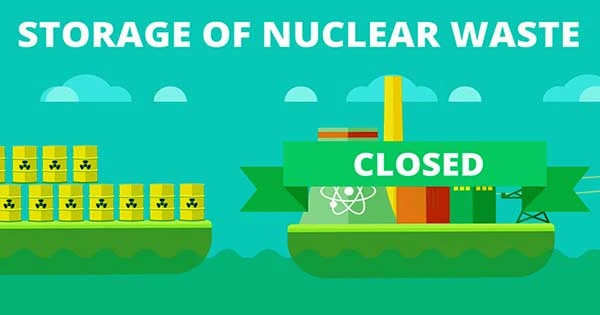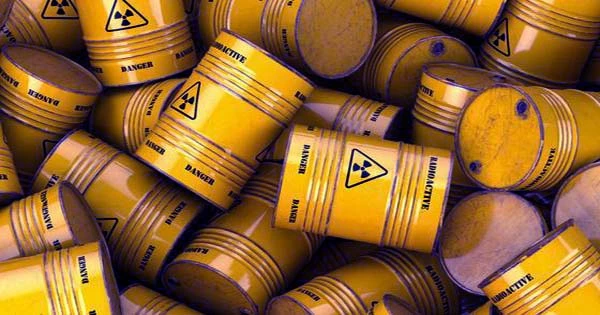Two businesses are attempting to create diamonds from nuclear waste for use as batteries. However, while one is limited to applications that appear to be compatible with the technology, the other is discussing applications that appear to be incompatible with what they have presented.
Scientists at the University of Bristol claimed seven years ago that they had created a prototype battery by turning nuclear waste into diamonds. In theory, the technique might solve a portion of the nuclear waste problem while simultaneously offering an energy source that is better suited to certain demands than anything currently available. They’ve spun off a company named Arkenlight, but they’re up against a far bigger opponent, NDB.
Nuclear power plants emit a wide range of radioactive isotopes. While technically viable, the fantasy of these as a new sort of reactor fuel has proven significantly more complicated and expensive than anticipated. The same is true for safe long-term storage.

Carbon-14, whose half-life is more than 5,700 years, is formed from the graphite rods used to control reaction rates, and whose carbon-12 converts in the highly irradiated atmosphere. Long after the more immediately bothersome strontium-90 and cesium-137 have faded to insignificance in the garbage, we’ll have to figure out what to do with the carbon-14, but if Arkenlight and NDB have their way, this will be treasure rather than trash.
In 2016, a team led by Professor Tom Scott demonstrated that radioactive carbon could be heated into a gas and condensed into artificial diamonds. The objective of these is not to appear pretty, but because as carbon-14 decays to nitrogen-14, electrons are released in the form of beta radiation. Instead of being pure carbon, diamonds that have been correctly doped can become a current that is guided into wires connected to the diamond. In other words, a power source that will persist for thousands of years.
Scott’s team encased the carbon-14 diamond within a diamond of stable carbon 12, reducing the possibility of the radioactive element hurting anything nearby or damaging itself.
The team announced a tiny current per hour, thus they only considered them as effective in cases where the length of production was the most important factor. The most prominent example is probes investigating the Solar System’s furthest reaches. With batteries like these, the Voyager spacecraft’s mission control wouldn’t have to figure out which equipment to turn off to save power.
Arkenlight has since developed a few other concepts in which changing the battery is so difficult that lifetime is critical, such as monitors in Stromboli volcano or under the sea. They’re even putting their equipment to use as a monitor inside a nuclear waste storage facility.
The radioactivity in the initial models is nickel-63, but Arkenlight hopes to eventually switch to carbon-14, which has the potential to last much longer. They’re looking at putting some within the brain to fuel artificial neurons, which sounds incredible.
Notably, all of them are uses where the amount of power required is extremely low.
NDB claims to have progressed on the original research by employing microdiamonds surrounding the radiation source to transfer heat away and adding additional safety features. They also state that they use numerous radioisotopes rather than just slow-release carbon-14.
However, there are severe concerns regarding NDB overstating the potential of their product (surely no start-up would do that?). The top of their website features a stylized image of an automobile, hinting that it may be used to replace lithium-ion batteries in transportation. Their CEO discusses incorporating the product inside smartphones. Their website promotes their products as an energy supply for data centers in the event of external interruptions, and they appear to be available immediately.
However, there is an inherent issue here. If the isotope chosen has a lengthy half-life, such as carbon-14, the power will be so low that even stacking thousands will be insufficient to power a smartphone, let alone a car. Shorter half-life sources have the potential for more initial power, but this will fade quickly and, unlike your present phone battery, will be difficult to replenish.
If NBD can live up to their claim that their battery “Will not run out during the device’s lifespan” for devices requiring more than a few milliwatts, they haven’t explained how. All of this is before considering the price competitiveness of such products. Some of these flaws were identified by Matt Ferrell on his popular YouTube channel Undecided two years ago, and NBD does not appear to have addressed them since.
Certainly, some other publications appear to believe NDB is the real deal or will be soon, but it may be best not to get too excited.
















